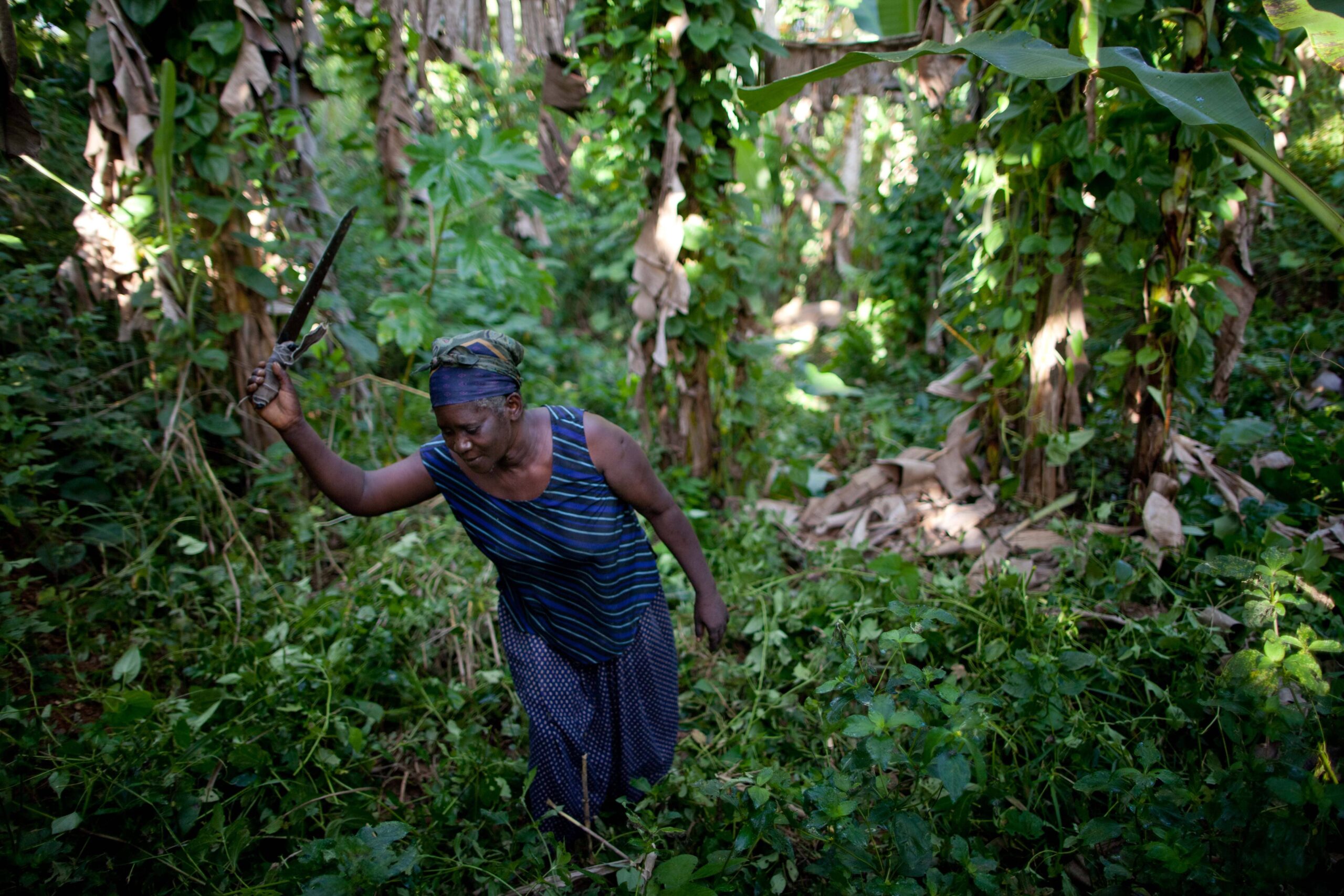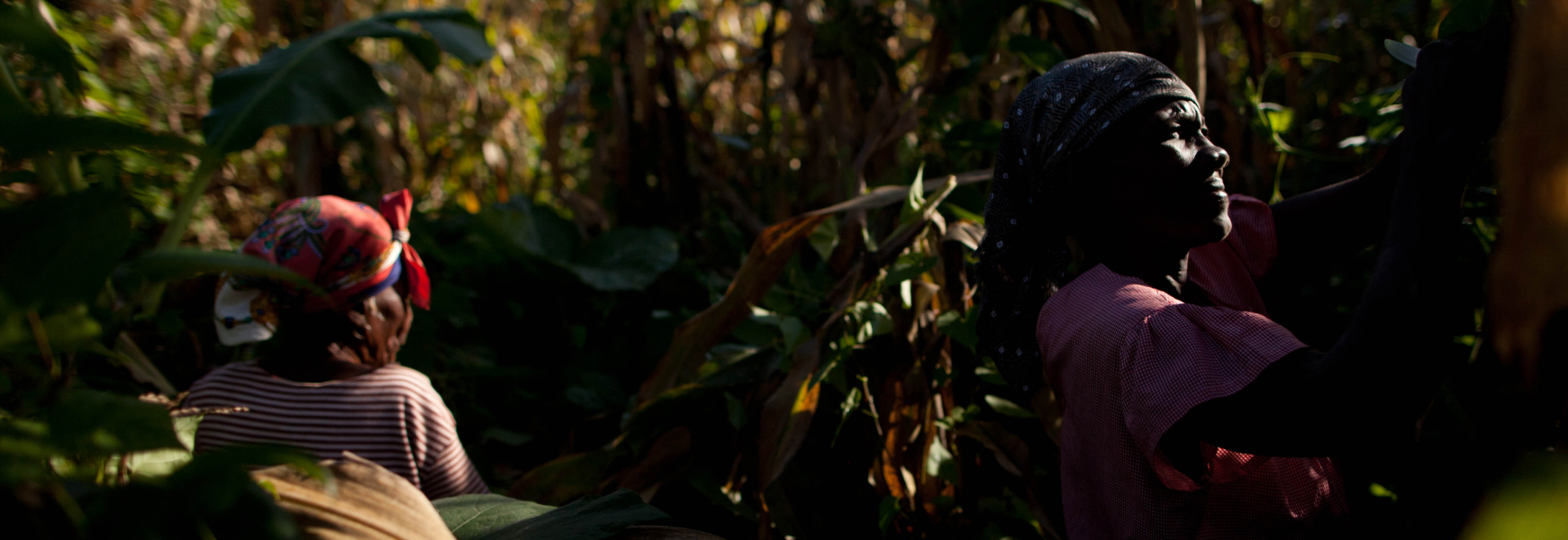21 Verses or Principles of a Model Farmer
Across Haiti’s rural hillsides, farming is a way of life, anchored in community, care for the land, and deep ancestral knowledge. Haitian peasant farmers have long practiced resilience through adversity, drawing on tradition and innovation to steward their land. This is especially true within the agroecology movement, where farmers work in harmony with nature to regenerate their soil, feed their families, and build stronger rural communities.
Since 2009, the Haitian organization PDL (Partenariat pour le Développement Local) has facilitated dialogue with successful agroecological farmers to better understand what makes a model farmer—not from the perspective of technicians or outside experts, but in the words and lived experiences of farmers themselves.
What emerged is this powerful list of 21 “verses”—a farmer’s code, grounded in values of care, co-creation of knowledge, and ongoing experimentation. These verses provide a practical and cultural framework for aspiring farmers, community facilitators, and anyone supporting agroecological transitions.
The language reflects the perspective of farmers.
1. A model farmer should work with much care. They must care for the garden like a child in their custody—preparing the soil before sowing and planting, and nurturing crops as they grow, during, and after harvest.
2. A model farmer should produce enough food. To meet their family’s nutrition needs and sell the remaining portion at the market to generate income.
3. A model farmer should not be a seasonal worker. They should always be ready for sowing and planting. A model farmer maintains the land in good condition year-round to ensure food security in all seasons.
4. A model farmer should effectively manage biological waste and animal manure. They maximize the use of organic matter and compost to improve the soil.
5. A model farmer should seek the most appropriate techniques. To apply to their work in order to optimize land yields.
6. A model farmer should be a good example. Wherever they go, it should be obvious that the land has been cared for. Whether or not the land is their own, it must be maintained in the best condition.
7. A model farmer should always seek to improve yield capacity. They are never too satisfied, always striving for higher yields, planning effectively, and working smartly to avoid exhaustion.
8. A model farmer should use chemical products with caution. They prioritize natural fertilizers and pest control methods, store seeds for difficult seasons, and use compost and manure to nourish the soil.
9. A model farmer should know the seeds they plant. They should select high-quality seeds to avoid wasting time and ensure good harvests.
10. A model farmer should plant the right number of seeds. They avoid waste by applying proper techniques for spacing and seeding, according to the land’s capacity.
11. A model farmer should advise and support other farmers. They share knowledge, raise awareness, and help others apply good techniques—acting as a community leader.
12. A model farmer should diversify crop production. They grow various plants suitable for the land and engage in all efforts to diversify agricultural production.
13. A model farmer is a peasant with a vision. They set goals and take action not just for today, but also for the future—planning for risks and long-term success.
14. A model farmer should plan agricultural production. As the saying goes, “One must make their bed before falling asleep.” They should plan everything from land preparation to post-harvest.
15. A model farmer should also raise animals. They raise animals to sell and to help maintain the land—without tying them to one place.
16. A model farmer should prevent free grazing. They do not let animals roam on others’ land and encourage neighbors to do the same.
17. A model farmer should grow medicinal plants. They keep medicinal plants in the garden to treat common illnesses naturally when needed.
18. A model farmer should plant fruit trees. They ensure food security and income for future generations, as elders did before.
19. A model farmer should respect the environment. They live in harmony with both the physical and social environment, avoid deforestation, and engage in reforestation and land care.
20. A model farmer should communicate with the land. They find ways to ‘speak’ to and understand the land, so it produces well and supports the household’s needs.
21. A model farmer helps improve the living conditions of the poor. They encourage better farming practices in rural areas, support others to envision a better future, and work to end poverty and hunger.

From Verses to Practice
The 21 Verses of a Model Farmer are a reflection of a mindset, shaped by years of collective learning and practice in Haiti’s countryside. All in all, a model farmer is the guardian of a healthy, regenerative ecosystem that benefits people and nature. Their role is central in the transformation of our food systems, setting an example for others to follow.
Want to take it further?
Download the full guide on how to create a model agroecological farm, based on PDL’s farmer-led methodology.

Download the Practical Guide to Creating an Agroecological Farm
and apply learnings to your own context!

